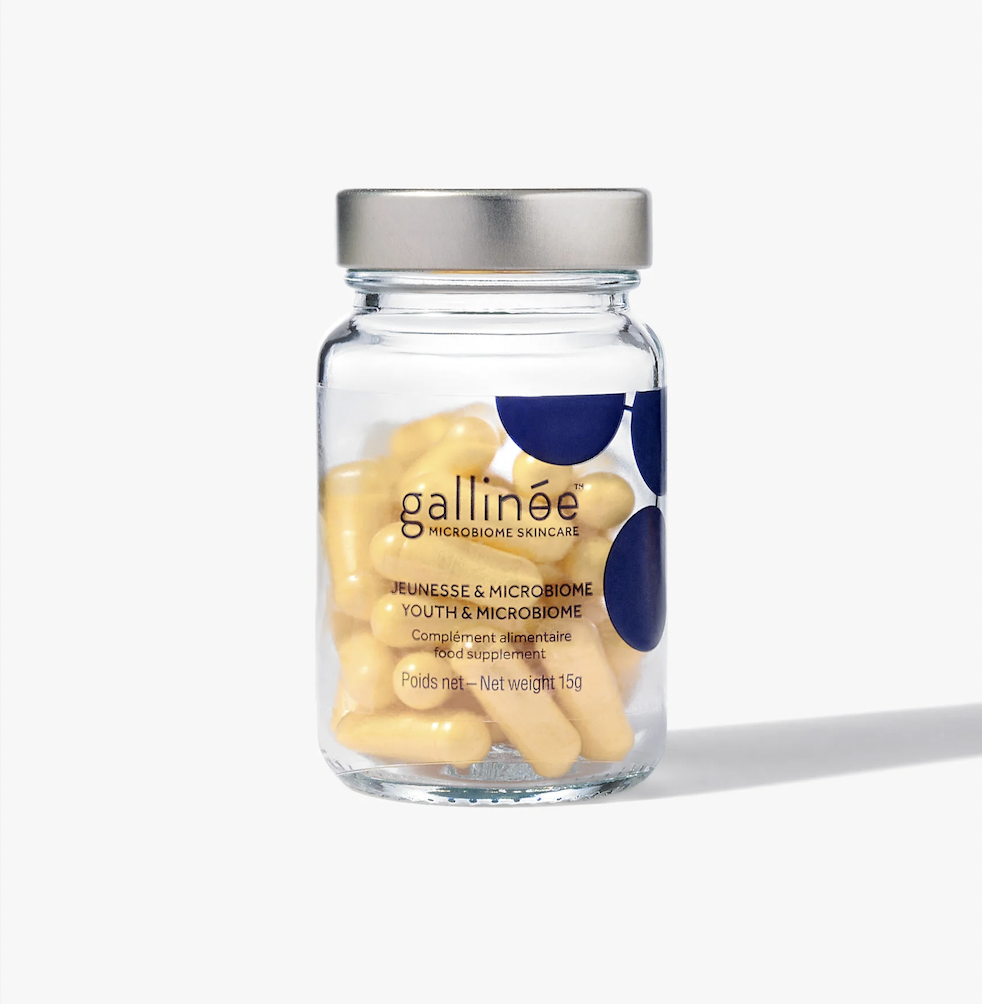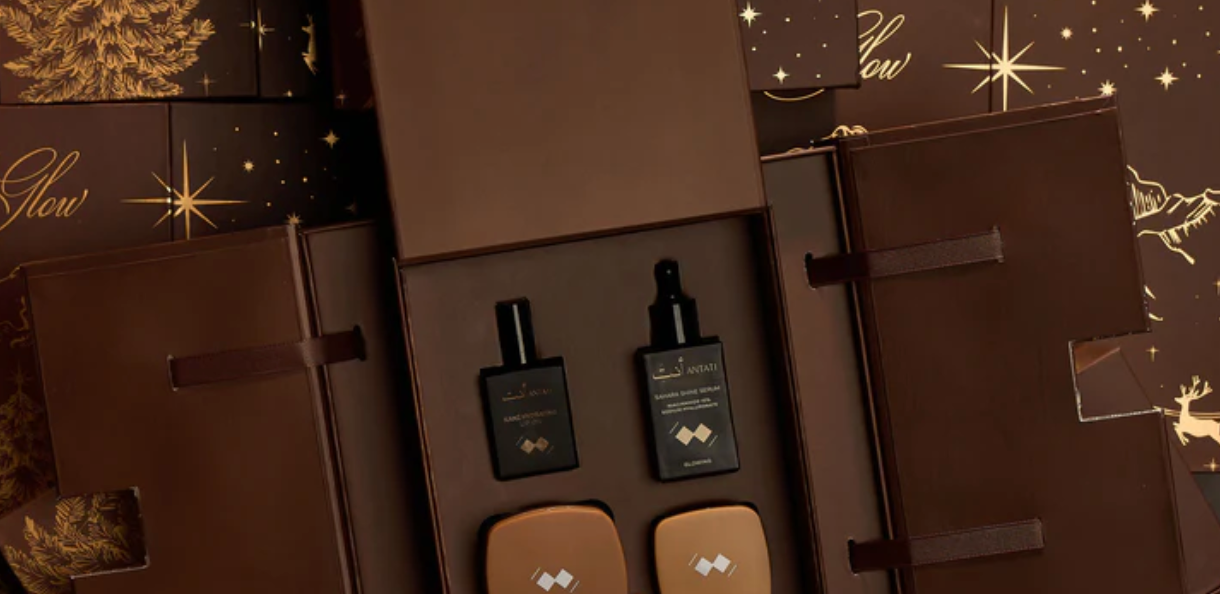
Sustainable beauty packaging trends 2023. The year of renewal.
Fashion is the art of replicating old concepts with new ideas. With the seventies vibe going on right now on the runway and in design shows, it’s easy to get the point. As in fashion and design, beauty follows a pattern. These days it’s all about going back to the roots. Going back to how things were done before, or should have been done, rather. In the following article we hope to shed light on what 2023 will be like in terms of packaging innovations and sustainability, and give you insights on what to look for.
This article is accessible to free members of the platform to give you a sneak peak of the content we can provide before you become a paying member of re-sources.
Just pop-in your email, and select the free option.
Thanks
Luxury Vessels
As refillable beauty is developing, keepsake packaging is emerging as a trend. Until now packaging was mostly used as a transportation device, and often ended up in the waste bin. It seems that packaging will become more and more luxurious, and worthy of exhibition - like a piece of art - and sometimes become intelligent and carry smart features.
Luxury brands have already created artistic objects in the past with the likes of Guerlain, Hourglass or Byredo for instance. It’s fair to imagine that this trend, particularly adapted to the luxury segment, will develop in the coming months and years. Beauty houses have to take into consideration the initial cost of creating such packaging, but crafting luxury objects has been an art well mastered in the beauty world and especially in the perfume sector where glass bottles can be made in any shape or form by a skilled maker.
Balancing the cost of goods for return on investment will be necessary, as well as ensuring full reuse of the products seems paramount to decrease carbon footprint. It may be a case of a higher investment than return in the initial phase of this market trend.
Smart features will also be added to make the packaging even more versatile. With increased rules on design-for-recycling, digital features might help the ever growing list of legal and informative requirements.
Water Saver
This trend has two aspects. One about protecting solid or waterless formulas, and another one about saving water in the manufacturing process.
With the rise of the waterless formulas, emphasis has been placed on water saving. Increased global temperatures with storms and drought everywhere, brought the topic to the public eye, and water will become a precious element worth saving. A few brands have released powder versions, with Susteau, Yodi Beauty or Neo by Nature or KateMcLeod for instance, but the packaging remains simple and chances are that new brands will be on the lookout for improved customer experience with smooth pumps displaying powder gently, or that offer better control over the quantity delivered.
Also with syndets invading the market (shampoo bars, stone shape moisturisers, etc.), it’s been a challenge to keep these products safe from moisture while offering convenience to consumers, so innovations shall arise.
Noticing the evolution towards more holistic routines with beauty supplements, brands are looking for luxurious ways to package their creative additions that protects from outside elements, contamination and mostly humidity, be it in a pharma-like tablet shape packaging, in a glass jar or a rigid plastic box.

On the manufacturing front, brands will look at ways to reduce water usage. The focus was on carbon reduction until now, but recent weather events will move the focus towards water saving, in order to avoid the depletion of this precious natural resource. Noting the increased interest for paper or wood packaging that requires a lot of water in the process. Professionals will stress the need for reduced use of water, or closed loop like it is widely practised in pulp and paper making.
High Tech / Low Carbon
The continuous need for low carbon materials, as well as the demand for PCR materials that are safe or offer food contact approval, shall bring new technologies to the forefront. In the likes of canadian startup OCO - specialised in captures-carbon - and its partnership with Element packaging in the US to serve the beauty industry, as well as Lanzatech and its partnerships with L’Oréal or Unilever, several initiatives are striving to divert carbon dioxide emissions towards the creation of innovative materials. Companies should be wary of communicating about negative or neutral impact, since all marketing claims must include a full life cycle of the product. We know that the most impact comes from consumers, encompassing over 50% of the carbon footprint of a beauty product, for instance.
Another avenue of research that will show interesting prospects is biotech on micro-organisms with mycelium, algae or bacteria for instance. The current applications mostly work for secondary packaging, because of restrictions with water interaction but chances are that tech startups and suppliers are working really hard to develop innovative materials from seaweed with Eranova or mushroom with Ecovative. This is also in parallel with the development of biotechnologies for the supply of ingredients, and the replacement of petrochemicals in the formulas.
On the other hand, we must not be Manichean. It’s not one world against the other. Natural against Petrochemicals. It’s about exploring innovative ways to package without demonising the others. New materials, like any new technologies, are costly to develop and sometimes fail to become mainstream for lack of fundings for R&D. Governments and willing professionals need to invest to develop new avenues for our future.
Towards a new paradigm
Another trend that is on the market but we haven’t detailed here is Reclaimed Beauty. With the use of recycled materials in packaging and upcycled ingredients it will be interesting to see how the story telling and the technologies will play around this trend that will help us move forward in the Circular Economy.
Obviously, refillable beauty will keep growing, but may take years of tests and trials to become mainstream and actually effective.
Regulations will be more and more stringent in the future and the new European Green Deal will put emphasis on ensuring design for recycling, avoiding waste and reuse products, materials and recovering energy as much as possible.
We are building a new paradigm from a linear economy to a circular one and it will take years to be effective.

